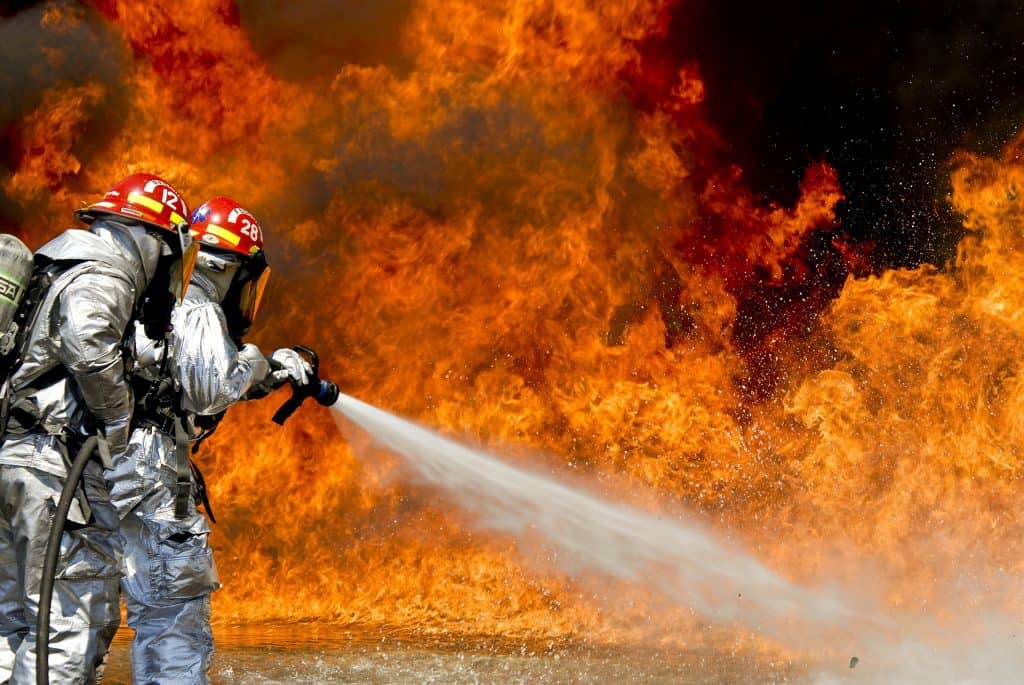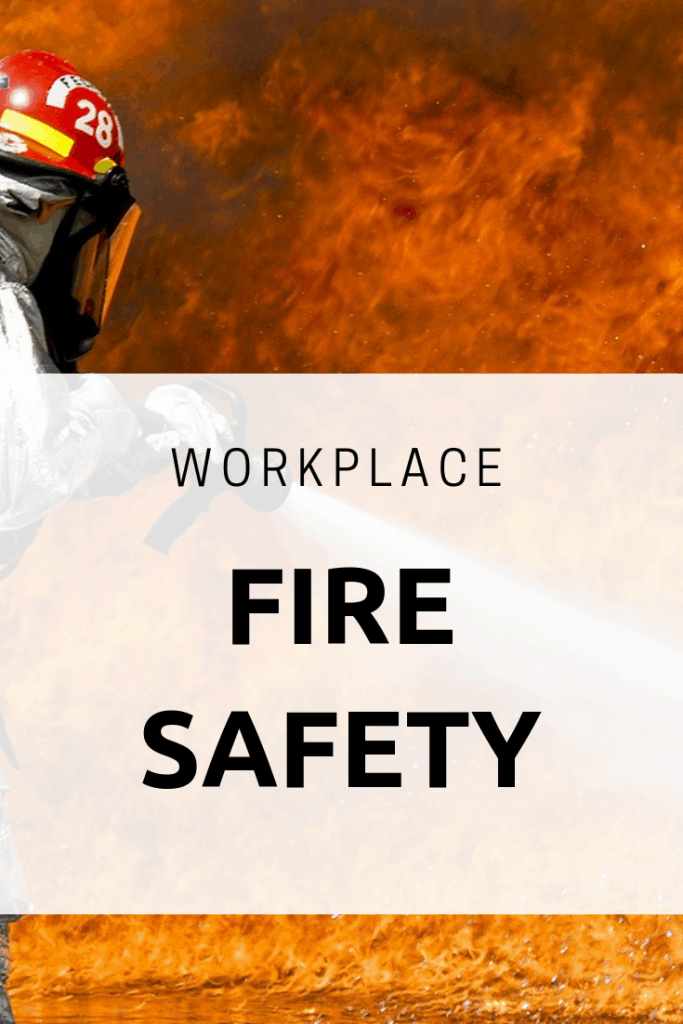Following the Grenfell Tower fire on the 14th June 2017, the UK was shaken by the disaster, devastation, and fatalities caused from the fire. On investigating the fire in September 2017, it was deemed to be caused by a faulty fridge freezer. It’s frightening to think that an electrical fault on a kitchen appliance would be the cause of a fire that spread ferociously and rendered an entire 24-story building uninhabitable. Of the 334 fire-related fatalities recorded on the gov website which occurred during 2017/2018, 71 alone were due to Grenfell Towers. The magnitude of the deaths caused by a neglected fridge freezer was horrific. Which is why it’s paramount never to assume that your workplace fire safety procedure (if you have one) is okay, without regular intervals of scrutiny and assessment.
A fire can destroy lives and your business premises, which is why it’s incredibly important to take responsibility and preventative measures in the first instance for yourself and the people who work for you. Secondly to protect your business assets and thirdly to prevent a halt in your business processes which will stunt productivity. As the majority of fire incidents are caused accidentally, we must assess the possible route of a cause to a fire to prevent it from happening. Let’s start by looking at the most common causes of fire incidents in the workplace, to gain better insight on what areas require preventative measures.
Common Cause Of Fires At Work
There is a selection of fire causes in the UK which are either linked to arson or caused by accident. The most common causes of fire are interestingly instigated through accidental purposes which are due to human error. Such as, the misuse of equipment, and spilling a drink on an electrical apparatus. Both cases of which could have been easily prevented had the proper precautions been instigated.
Training Staff
As above, negligence is the route to the majority of fires caused in the workplace, to overcome this, staff must be informed how to avoid fire hazards. This doesn’t mean handing them a manual and hoping they’ll read it, while subsequently hoping they’ll have the common sense to not daisy chain extension cables. By spending time (whether during a group meeting or in one on ones) to advise colleagues what constitutes as safely using equipment in the workplace, how to prevent fires in the staff kitchen, you can help avoid an unnecessary accident. There should also be a designated member of staff who is trained as a fire marshall to keep an eye out for anything in the workplace they believe could cause a fire hazard.
Risk Assessment
On the HSE government website, it identifies the process in more detail which should be taken to develop a systematic approach to the prevention of fires in the workplace. The web page demonstrates the need for an adequate risk assessment of the premises to help avoid the risk of fatalities and injuries. Below are just a few points to consider to prevent a workplace fire:
- Fire safety risk assessment
- Keep sources of ignition and flammable substances apart
- Keeping liquids away from electrical appliances
- Good housekeeping, e.g. organise large quantities of paper and book into cabinets
- Consider how to detect fires and how to warn people quickly if they start, e.g., installing smoke and fire alarms
- Fire-fighting equipment readily available to get rid of a fire fast
- Consistently keep fire exits and routes unobstructed
- Ensure your workers receive appropriate training on procedures they need to follow, including fire drills
- Review and update your risk assessment regularly
Fire Protection Equipment
Selecting a fire protection service to install and maintain any preventative fire equipment on your premises is a great idea for businesses. At the hands of professionals, you can gain help and guidance on which tools are necessary to suit your business, whether you are searching for fire safety in the office or fire prevention in the warehouse. However, you must first check this service is approved by BAFE (British Approvals For Fire Equipment). BAFE works independently to test a fire protection service meets the necessary standards. To view an example of a fire protection service that is BAFE approved, visit the AEL fire alarm engineers.
In The Event Of A Fire
Even when you’ve taken the necessary steps and followed the highest standards to prevent a fire in your workplace, unfortunately, you can still be open to a risk of fire. Do you have a plan in place to look after your staff in the event of a fire? Do your colleagues know where the fire exit is, if the door is blocked where the alternative routes are, the assembly points, to remain calm and collected, do you have a plan for disabled members of staff that have mobility issues? If you don’t, you should look into finding a remedy for this as soon as possible.
Above we have identified a few of the elements required to help prevent a fire in the workplace, however, you can find more information on the BAFE and the HSE government website. Please note all statistics derived from the gov.uk website.
- This post has been written for Morning Business Chat by an outside source.




